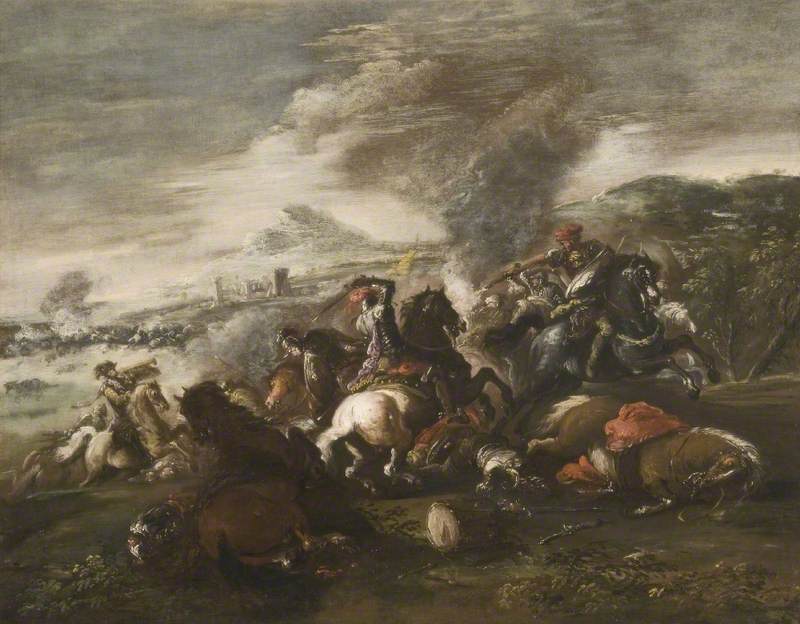
(b Ferrara, c.1460; d Mantua, 5 Mar. 1535). Italian painter. He probably trained in Ferrara and his early work was much influenced by Tura and Ercole de' Roberti. In the early 1480s he settled in Bologna, where he entered into partnership with Francia and worked for the ruling Bentivoglio family. In 1504–5 he painted an Allegory for Isabella d' Este (Louvre, Paris) and in 1507 he succeeded Mantegna as court painter at Mantua. He was the leading artist there until the arrival of Giulio Romano in 1524, but little of his large-scale work survives. His mature style is often rather sweetly Peruginesque, with a delicate feeling for landscape, and has been suggested as one of the sources of Giorgione's work. There are good examples of Costa's work in the National Gallery, London, including The Concert, one of the first examples of a type of picture (a close-up of a group of musicians) that was later to have a considerable vogue.
Text source: The Oxford Dictionary of Art and Artists (Oxford University Press)




















